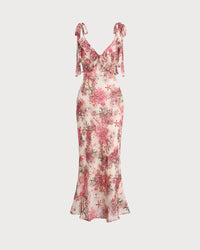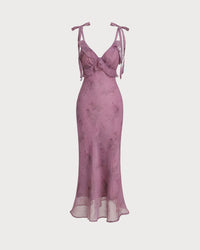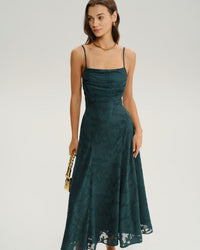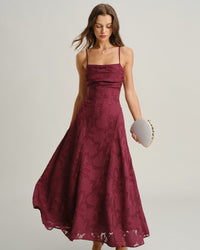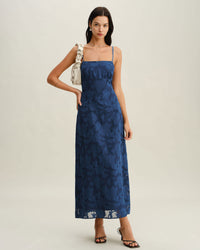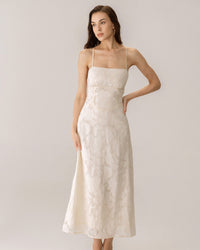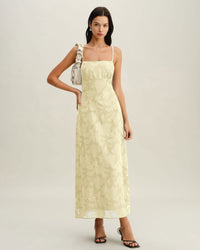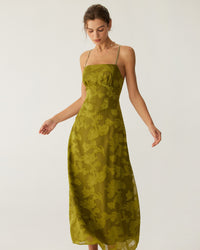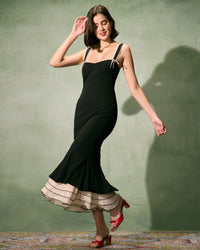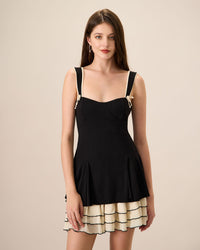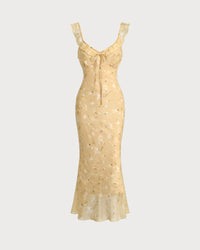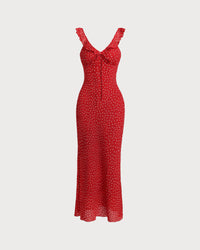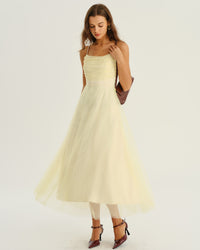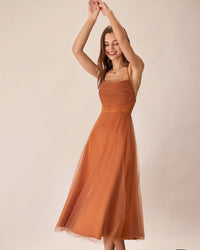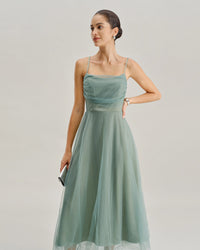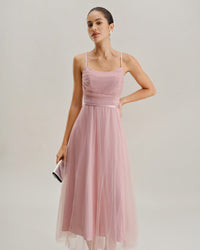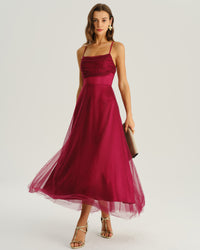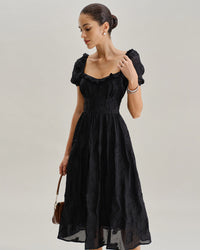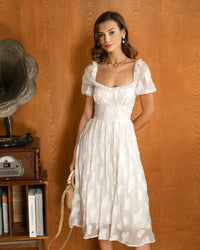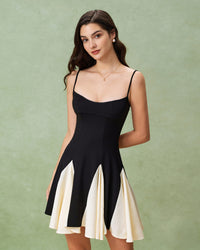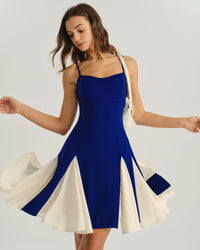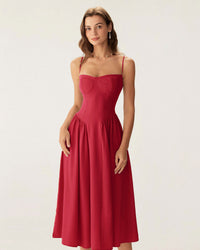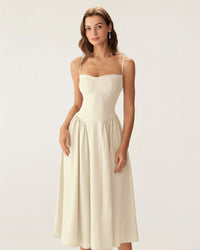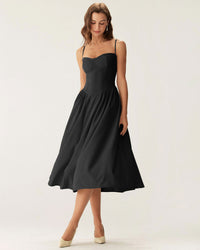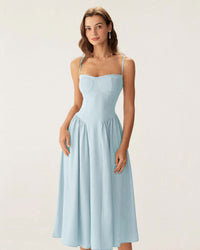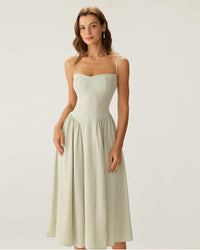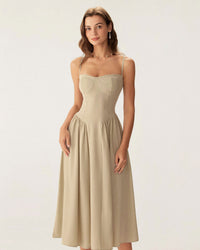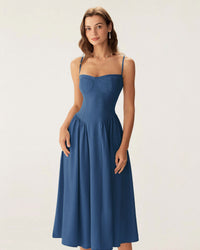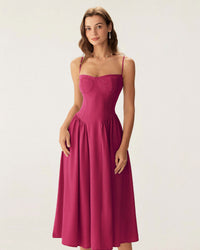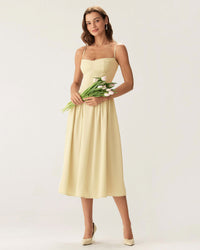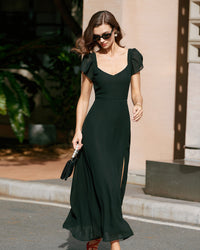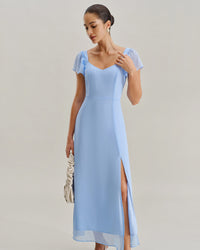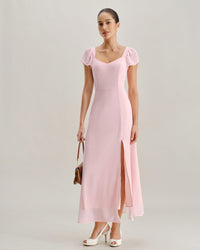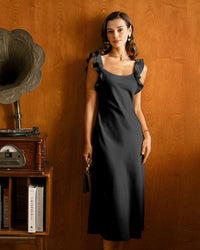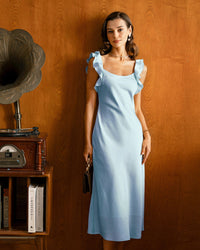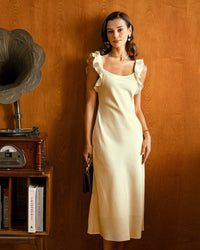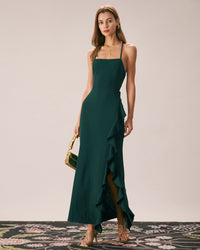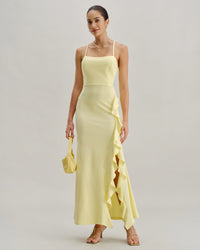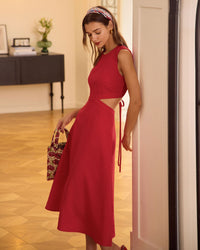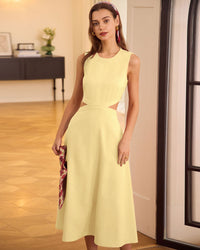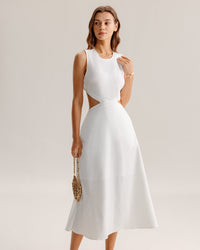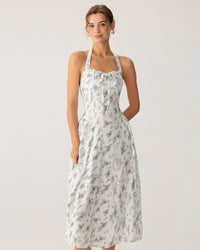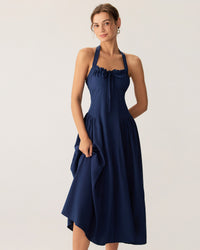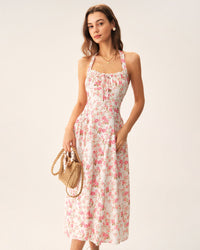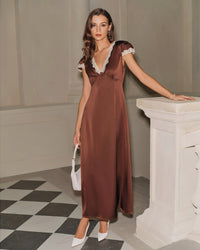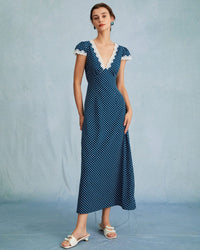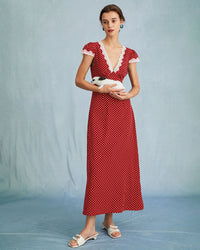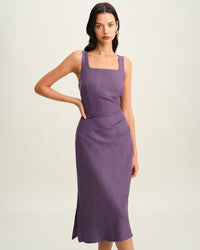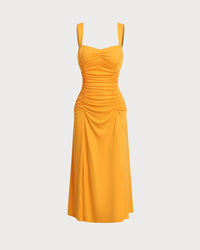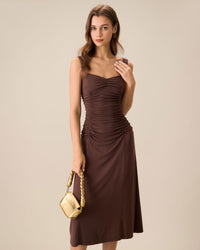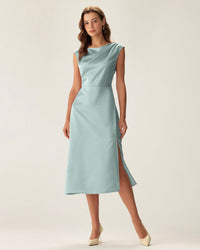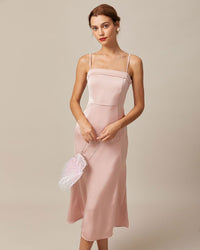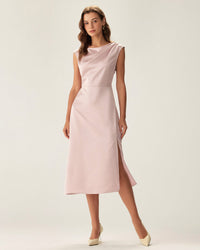Wedding Guest Dresses
Decoding Wedding Dress Codes: What They Actually Mean
Black-Tie dresses: Floor-length or tea-length dresses in sophisticated fabrics like crepe, silk, or chiffon. Dark colors work best, though deep jewel tones are acceptable. Avoid anything too sparkly or attention-grabbing. The bride likely spent months planning her dress; yours should complement, not compete.
Cocktail dresses: Knee to midi-length dresses that strike the balance between polished and approachable. This dress code offers the most flexibility, accepting everything from structured fit-and-flare styles to flowing wrap dresses. Fabric weight matters more than specific style here.
Semi-Formal Dresses: Similar to cocktail but slightly more relaxed. Midi dresses, dressy jumpsuits, or coordinated separates all work. The key lies in choosing pieces that photograph well but don't require constant adjustment throughout the event.
Casual Dresses: Garden parties, beach ceremonies, and backyard celebrations fall into this category. Sundresses, maxi dresses in breathable fabrics, or dress-and-cardigan combinations work well. Casual doesn't mean sloppy; it means comfortable and venue-appropriate.
Venue Considerations That Matter More Than You Think
Beach Weddings: Salt air and sand present unique challenges. Choose flowing fabrics that won't cling in humidity. Avoid anything requiring dry cleaning, since beach venues often lack convenient services. Maxi dresses in cotton or linen blends work reliably, while structured pieces may feel uncomfortable in coastal heat.
Outdoor Garden Settings: Grass-friendly footwear becomes essential, but your dress choice matters too. Avoid trailing hems that catch on walkways or delicate fabrics that show every brush against garden foliage. Mid-length dresses in sturdy materials survive outdoor celebrations better than fragile options.
Historic Venues: Churches, museums, and heritage buildings often require conservative styling. Covered shoulders, appropriate necklines, and respectful hem lengths show consideration for the setting. Bringing a wrap or blazer provides flexibility if venue requirements are stricter than expected.
Modern Event Spaces: Hotels, restaurants, and contemporary venues typically offer more style freedom. These controlled environments work well with a broader range of dress styles, from sleek sheaths to flowing bohemian pieces.
Seasonal Strategy: Dressing for Weather and Atmosphere
Spring weddings celebrate renewal and fresh beginnings. Soft pastels, floral prints, and lightweight fabrics capture the season's energy without appearing too literal. Layering pieces become essential as spring weather fluctuates unpredictably.
Summer celebrations demand heat-conscious choices. Natural fibers like cotton, linen, and silk breathe better than synthetics. Lighter colors reflect heat, while darker shades may become uncomfortably warm during outdoor ceremonies. Sleeveless styles work well, but bring coverage for air-conditioned reception spaces.
Fall wedding guest dresses offer rich color possibilities. Deep burgundy, navy, forest green, and warm neutrals complement the season's palette. Textured fabrics like velvet, brocade, or heavy crepe add visual interest appropriate for cooler weather celebrations.
Winter events allow for more dramatic styling. Jewel tones, metallics, and structured silhouettes work beautifully in formal indoor settings. Long sleeves become practical rather than purely stylistic choices, while heavier fabrics provide necessary warmth.
Color Psychology: What Your Dress Choice Communicates
Color selection extends beyond personal preference to include cultural considerations and event timing. White, ivory, and champagne remain off-limits regardless of the specific shade or styling. Light pink and pale yellow can photograph as white under certain lighting conditions, making them risky choices.
Red commands attention in ways that may feel inappropriate for someone else's celebration. Deep burgundy or wine shades offer similar richness without the boldness. Bright, neon colors often photograph poorly and may clash with professional wedding photography color schemes.
Navy, black, and deep jewel tones provide safe sophistication that works across seasons and venues. These colors photograph consistently well and coordinate easily with various accessories and shoes.
Pastels work beautifully for daytime events but may wash out under evening lighting. Consider the ceremony time when selecting lighter shades, and bring accessories that add definition if needed.
Fabric Choices That Work (And Ones That Don't)
Travel-Friendly Options: Ponte knits, jersey, and wrinkle-resistant blends survive packing and arrive ready to wear. These materials stretch slightly for comfort during long celebrations while maintaining their shape and appearance.
Formal Event Fabrics: Crepe, silk, and high-quality polyester blends photograph beautifully and drape well. These materials work for upscale venues and black-tie events where fabric quality becomes more noticeable.
Outdoor-Appropriate Materials: Cotton, linen, and cotton blends breathe well in heat while providing appropriate structure. These natural fibers work well for garden parties, beach ceremonies, and casual outdoor celebrations.
Fabrics to Avoid: Sequined materials may appear too festive for most weddings. Very sheer fabrics require extensive layering that may not work with your outfit vision. Extremely wrinkle-prone materials create stress during travel and preparation.
Building a Wedding Guest Wardrobe That Works
Investment pieces that work for multiple weddings save both money and decision fatigue. A navy midi dress works for various seasons and venues with different accessories. A classic black cocktail dress serves numerous formal occasions beyond weddings.
Versatile accessories multiply outfit possibilities without requiring extensive wardrobe expansion. Neutral shoes, simple jewelry, and classic handbags work with multiple dress options while maintaining appropriate styling.
Quality construction ensures pieces maintain their appearance through multiple wears and professional cleanings. Well-made dresses continue looking polished even after several wedding seasons.
Final Details That Make the Difference
Undergarments matter more than most people realize. Appropriate bras, shapewear, and seamless options prevent visible lines and ensure proper fit. Bring backup hosiery for outdoor events where snags may occur.
Emergency preparedness includes stain removal pens, safety pins, and comfortable backup shoes for long dancing sessions. Small preparation details prevent minor issues from becoming major problems.
Personal style should still shine through appropriate choices. Wedding guest dressing doesn't require abandoning your aesthetic preferences; it simply means adapting them to suit the occasion and show respect for the celebrating couple.
The goal remains simple: look polished, feel comfortable, and celebrate love without creating distractions. When you achieve that balance, everything else falls into place naturally.





